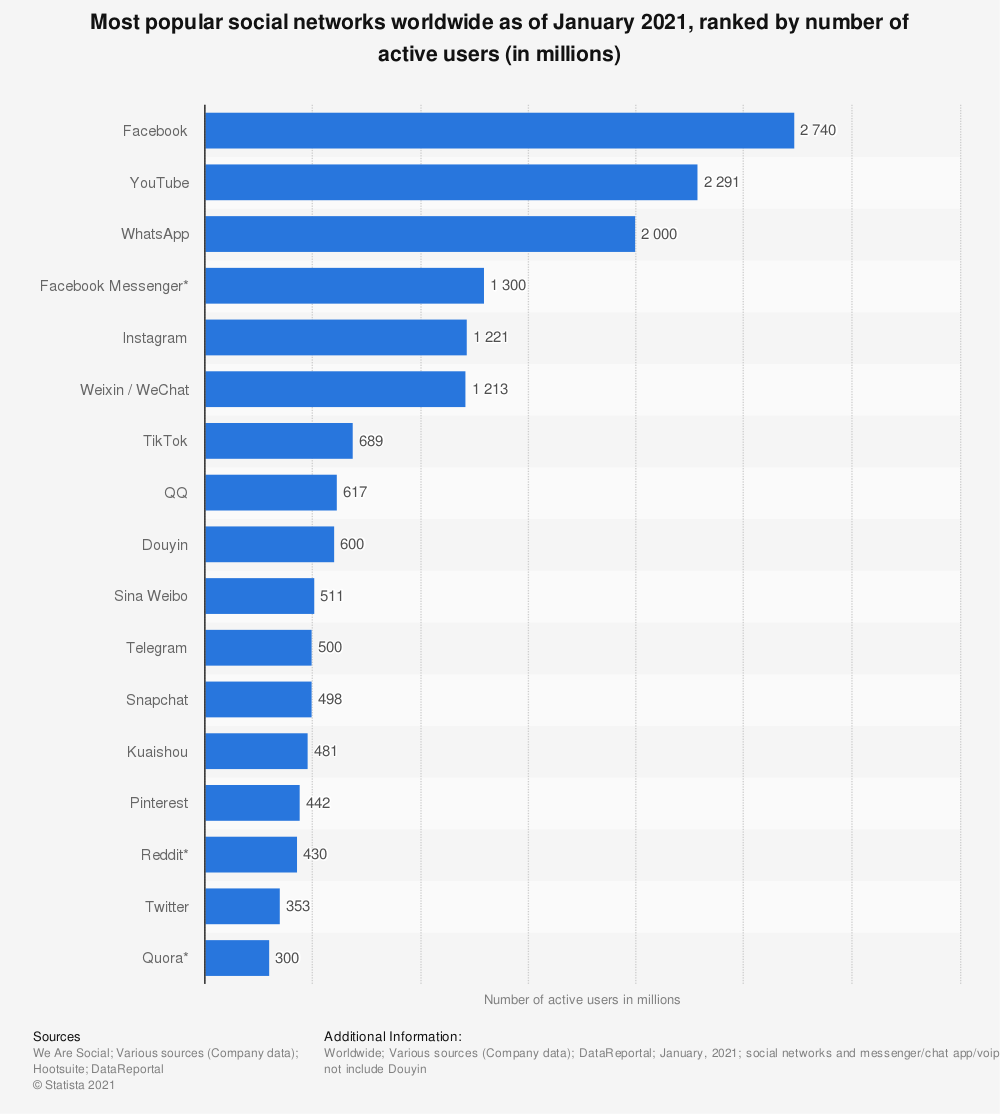Maybe you are or maybe you aren’t. One thing’s for sure every relationship is built on a solid foundation of trust. If trust doesn't exist, a relationship can't exist. But what are the constituents of trust? I believe there are 3 main principles for trust to develop in your relationships. I've called it the 'Triad of Trust'.
1. Give more than you receive.
The principle here is about giving of yourself and searching for ways you can give support without expecting anything in return.
Nobody can force you to do this, it has to be the life force within you that decides that you will step out of your ego and give of yourself. I have witnessed many example of folks who really don’t get this right. Giving without expecting anything in return is really a tough concept for most to grasp.
For just a few seconds think about your current relationships, your relationship with your line manager, your spouse, your kids, your parents and even your clients. Do you give consistently without expecting anything? We’re usually looking for some sort of payback, something that will make us feel good instead of focussing on making the other person feel great.
Putting this in the context of Marketing means that we must avoid too much self-promotion and instead share stories (or information) that will assist others and inspire them.
Whenever I have a new connection on LinkedIn, I ask each connection who they wish to get in front of, i.e. what leads they may be looking for. I record those details on their LinkedIn profile. You'd be surprised how many actually don't bother answering, because they may be suspicious and believe I might have a different motive for the question. I guess it's human nature to be suspicious. Basically they don't trust me yet.
2. Listen generously.
Listening is the hardest skill for us to master because as soon as we hear someone speak we begin to formulate a response. This also happens with all types of mobile digital communication.
Who doesn't struggle with listening? Be honest, you can't wait to say something when you are listening (and thinking) when someone is speaking to you. My challenge to you is to hold back until you believe the speaker has completely finished. You’ll know when they have finished, because they’ll ask you a question.
For example, I'm sure you've experienced attending a networking meeting. Imagine you meet someone for the first time there and often the first question will be, ’So what do you do?’. Instead of reeling off your rehearsed response, pause and say, ’Actually why don't you go first?’.
This puts you in a state of listening straight away. And instead of waiting for them to finish and then jump into your own blabber, ask them a few questions. Listen out to truly understand and ask even further questions to understand at an even deeper level. It actually doesn't matter if you don't get your chance to say what you do. Understanding someone else’s story is much more important and they will remember you for it.
The term listening generously I learnt from a client in the USA, http://winningdynamics.com, who I produced a Whiteboard Animation for. Be well worth watching, as the message is brilliant.
3. Share your knowledge willingly.
Our knowledge is precious and worth something. However, sharing your knowledge willingly with others builds trust. After all, you too learnt your knowledge from someone else.
We arrived on this planet with no knowledge and relied on our family, our teachers and all the different people we met in our lives to teach us what we know today. Therefore we actually learnt most of what we know from others. Just think about it. It's only with this knowledge that we've been able to potentially shape it into new knowledge that we create ourselves and then sell or share with others. Just like I'm doing right here.
But you don't have to sell all your knowledge do you?
You must give most of it away. You don't own it and our job is to pass it on. After all, your knowledge is only temporary, you can't take it with you when you depart this planet. You might as well start sharing it now.
I would love to learn from you how you ’Give, Listen and Share’ in your world. Feel free to share your comments below, so everyone can benefit from your experience and advice.




























